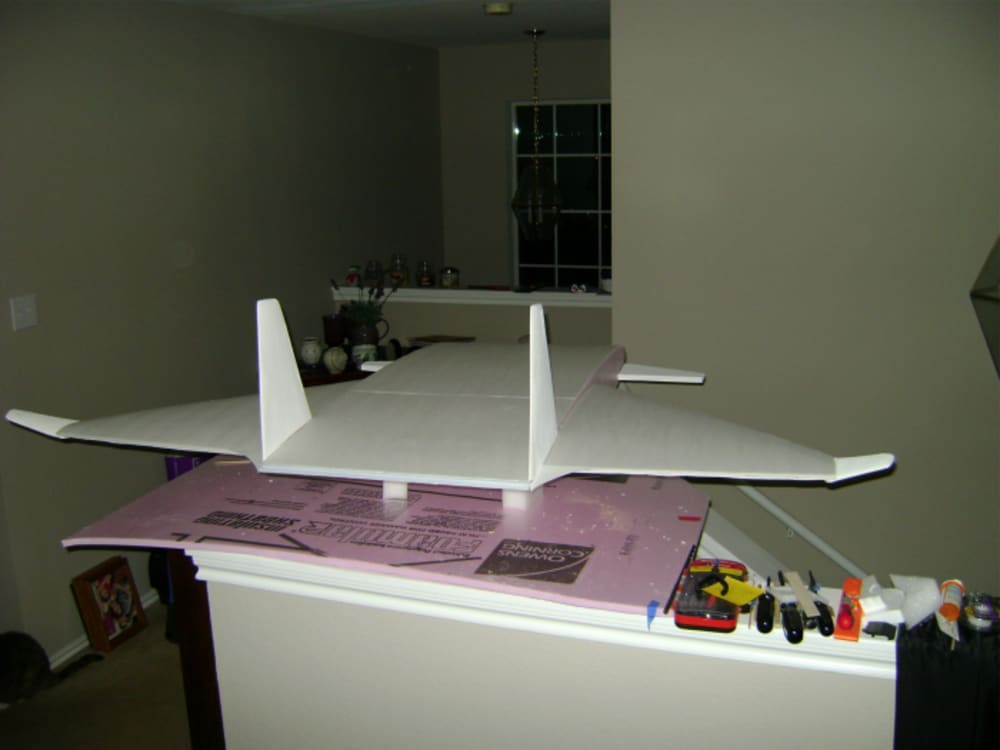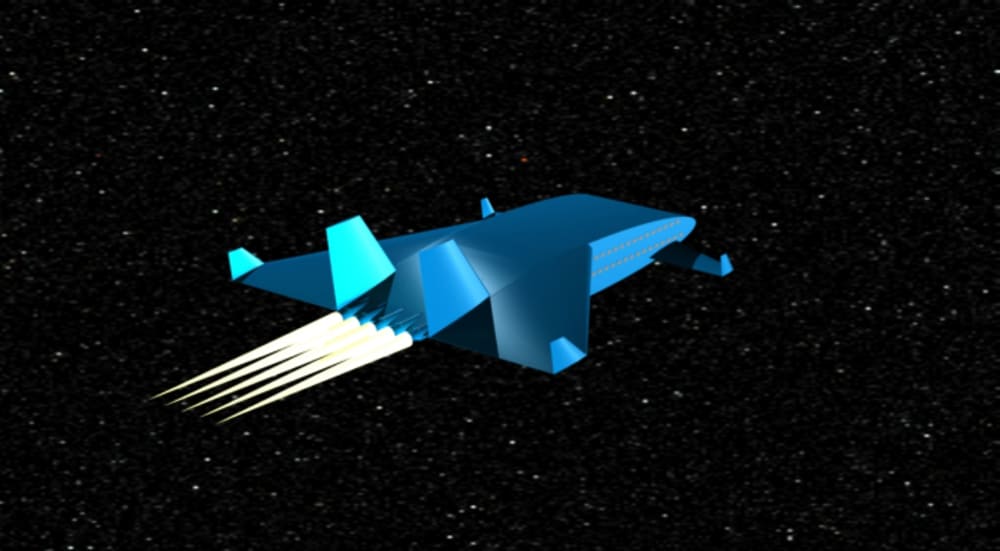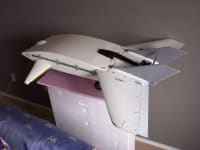This "Lifting Fuselage" design, inspired by Vincent Justus Burnelli, is a scalable aircraft design that can be used for multiple applications.
From UAV's to air taxis to airliners to super and hypersonic planes to space transports, this design is more simple, scalable, sustainable and safe compared to any other design in the air or on the drawing boards today.
This design has been proven to carry at least twice the load capacity of any similarly powered tube and wing design, carry it just as far and use the same amount of fuel. It can out perform the BWB in almost every category and many by a factor of 2. This website explains the advantages of the Lifting Fuselage compared to all other aircraft including the Blended Wing Body: http://www.meridian-int-res.com/Aeronautics/Burnelli.htm
Simple: For airliners or cargo transports, composites have been proven to hold an atmosphere in any shape, are stronger and cheaper to build. The rest is old school. The stability of the design requires no extra, weighty control surfaces or expensive computer system to keep it in the skies.
Scalable: UAV (mass produced, snap together, multiple mission components, boxed, shipped, assembled on site), General Aviation, Business, Taxi, Airliner (50 to 1,000 Pass.), Freighter (back in 40ft container, detach, lock down and fly off), Tanker, Subsonic, Transonic, Supersonic, Hypersonic, Single Stage to Orbit, etc… (And all STOL aircraft)
Sustainable: ½ the cost, ½ the fuel per lb or passenger, ½ the production time = lower prices worldwide on goods and airfare, higher profits. Essentially a wing, the airfoil is designed for maximum efficiency in Sub, Trans, Super and Hypersonic flight. This balance of cost, safety, simplicity and efficiency is unattainable with any other design.
Safe: The Lifting Fuselage is stronger, as witnessed in the 1935, 130+ mph, nose-down crash of this design caught on film. All on board walked away uninjured, the cabin survived completely intact and there was no fire. There were 2 other crashes, all caused by mechanic error, with the same result. This outcome is designed into the plane.
With jet engines on the tail of the airfoil, away from the wings where the fuel is and landing gear under the body, away from the wings where the fuel is, the danger of fire is reduced to almost zero. Also, engine placement will virtually eliminate engine bird strikes.
Take off and landing speeds will be reduced to around 100mph. In most any level emergency landing, on land or in water, everyone would survive with little or no injuries.
Using this design, costs would be reduced across the board worldwide. There is no good reason for not going to this design. Nobody likes change but this is a "good" change, a necessary change, a global ecology change. There is no downside for the people of the world to make this change.
I'm workin' on it.
Like this entry?
-
About the Entrant
- Name:Larry Pope
- Type of entry:individual
- Software used for this entry:CAD, Hand Drawings, Foam, Fiberglass, LARTM (Looks About Right To Me)
- Patent status:none








